Thanks for tuning into a special crosspost with the talented maria! Once you finish reading her deep dive into the characters of Cowboy Bebop head over to her feed for your regularly scheduled Feats N’ Faults. Please share some love and subscribe to her substack, you won’t regret it! Take it away Maria!
This post is part of a collaboration with Feats N' Faults! Today we are going to talk about Cowboy Bebop, which happens to be the first anime covered in FNF. It’s an honor to be able to work with Shane on this, please make sure to check out his character ranking and review!
For the unaware, Cowboy Bebop is an anime TV show that aired in 1998, directed by Shinichiro Watanabe and widely regarded as one of the best anime of all time. It’s set in a distant future and it follows a crew of space bounty hunters, the cowboys of the galactic era. It has 26 episodes and a movie, and it was adapted to both manga1 and live-action TV.
The show has a mostly episodic format: each episode the main characters try to collect a bounty, which takes them to new locations where they meet new people, and by the end of the episode they are back in their ship, the Bebop. As the story progresses, we start getting more interconnected episodes that tell us about the characters’ past and how that past is catching up to them.
There are several themes explored in the show, but the one that stands out to me the most is the importance of human connection, which can be appreciated both in the “bounty-of-the-week” episodes and the more “plot-heavy” ones. I believe that despite the Bebop crew falling apart at the end, there’s beauty and meaning in the brief bonds they were able to make with each other and with the people they encounter along their journey.
This contains spoilers for the entire show. Screenshots are taken from here.
Spike Spiegel: The Lone Wolf.
Spike is undeniably the main character of the show, and one of the most iconic anime characters to be put to screen. He’s a retired member of the mafia, a skilled martial artist, and just the right amount of goofy and aloof. As the story progresses, we slowly uncover the truth about his past and what made him leave the mafia, just as the world he left behind comes back to haunt him.
Episode 5 is one of the first turning points in the show. The episode focuses on Spike’s relationship with Vicious, his old brother in arms, and here we start to see how Spike’s past relationships come between him and the Bebop crew.
The first sign of Spike’s detachment is during a conversation with Jet, where we find out how little they know about each other’s past. He’s keeping Jet at arm's length, which is contrasted with Spike’s relationship with Vicious. Through flashbacks and through the way they act in their fight, it’s made clear that these two were more than just comrades, but this intimacy turned into hatred, and it’s the reason why Spike doesn’t allow himself to get too close to Jet.
Episode 5 also introduces Julia, a mysterious female character that Spike had a romantic relationship with and whom we learn more about in later episodes. Here, Julia is directly compared to Faye, the female member of the crew, when Spike wakes up to find Faye singing just like Julia used to. Spike’s comment about Faye being a bad singer makes it clear that he’s aware of the similarity, and he’s trying to distance himself from Faye in the same way he does with Jet.
However, Spike is not fully successful with keeping others away, and his indifferent behavior is often undermined by his kindness and care for the crew and for the people he meets in their travels. He eventually confides in Jet and Faye, and he encourages them to let go of the past and keep moving forward, which is ironic considering how he can’t do that when it comes to his own ghosts.
Like he says himself, part of him is always looking at the past. He’s doomed by his inability to move forward. Still, his relationship with the Bebop crew left an impact on him, and vice-versa.
Jet Black: A Caring Man.
While Spike used to be part of the mafia, Jet is a retired police officer—they come from opposite ends of the law, and now they live in the fuzzy middle ground that bounty hunters occupy. They live in a state of uncertainty and impermanence, going from planet to planet looking for their next target until they die or get tired of the chase.
Jet shares many similarities with Spike, down to their backstories. Like Spike, Jet had a lover that abandoned him, and he also had a partner he was close friends with who betrayed him. He also has to face the ghosts of his past, but he’s able to get closure from those encounters and go on with his life.
Jet has a much easier time letting go of the past, and this reflects in his interactions with the rest of the crew. Despite his rough exterior, he’s usually the one that tries to reach out, he often voices the feelings that Spike can’t, and he’s the most caring of the two. Jet’s nurturing personality is emphasized in subtle ways, like him being the cook of the crew, his gardening hobby, and the fact that he’s shown taking care of Ed and Ein. He doesn’t hide his attachment to others.
Faye Valentine: A Woman Out of Time.
The third member of our crew, Faye Valentine, is a bit of a femme fatale. She’s a dangerous and sexy woman with lots of bad habits, and she’s always on the move. Faye joins the crew for selfish reasons, and she’s uncooperative most of the time, but she slowly integrates herself into the Bebop.
Faye’s past is a mystery even to her. She had been in cryogenic sleep for decades due to an accident which killed her family, and the world she knew disappeared in the time she spent asleep. She lost her memories and identity, and she found herself in a vulnerable position upon waking up, which the people around her exploited. This explains Faye’s distrust of others and why she constantly leaves the Bebop—she’s afraid of her own feelings for the crew and doesn’t want to be taken advantage of again.
In episode 12, during one of her escapades, she meets Gren, an enigmatic man 2that shares a past with Vicious. Gren confronts Faye about her fear of being alone, and she says that being alone is better, but this is directly contradicted by the implication in the next episode that Faye was trying to make the Bebop crew go after her.
She returns to the Bebop, the closest thing she has to a home, but eventually her past comes back for her.
Faye’s able to recover her memories in episode 24, however, she realizes that there’s no way for her to go back to the life she had. She leaves the Bebop, just to be brought back shortly after by her desire to help Spike. While she fails to make him let go of the past, the fact that she came back one final time shows how much she cared about him.
The Kid of the Crew.
Edward Wong Hau Pepelu Tivrusky IV, also known as Radical Ed, or just Ed, is the fourth and final member of the Bebop crew3. She’s a genius hacker/feral child that forces the Bebop crew to take her in so she can go on adventures with them, and she often comes in clutch in surprising ways.
From her introduction, it’s made clear that Ed is lonely, and her solitude makes her search for any kind of connection she can get, even if she’s unwanted. Spike and Faye are plain about their initial distaste of Ed, though both of them show signs of attachment as the show goes on. As I said before, Jet is the one usually taking care of Ed and Ein, which makes Jet’s relationship with Ed somewhat fatherly. Faye’s care for Ed is made apparent when she advises the child to find a place where she belongs, which leads to Ed’s decision to leave the crew.
Ed is an incredibly useful member of the crew and they all care for her in their own way, but the Bebop is not a place for children. Spike, Faye and Jet are too caught up with their past, while Ed still has her future ahead of her. This is why she has to leave in episode 24: There’s no room for her to grow in the Bebop, but she still takes part of the crew with her, and part of her remains in the ship, symbolized by the pinwheel she gives to Spike4.
Ed’s departure signals a shift in tone—the episodic format is gone, the past comes back in full force, and tragedy looms over the Bebop. As Ed walks towards her future, Spike turns around to face his past, dooming himself.
The Beauty of Brief Encounters.
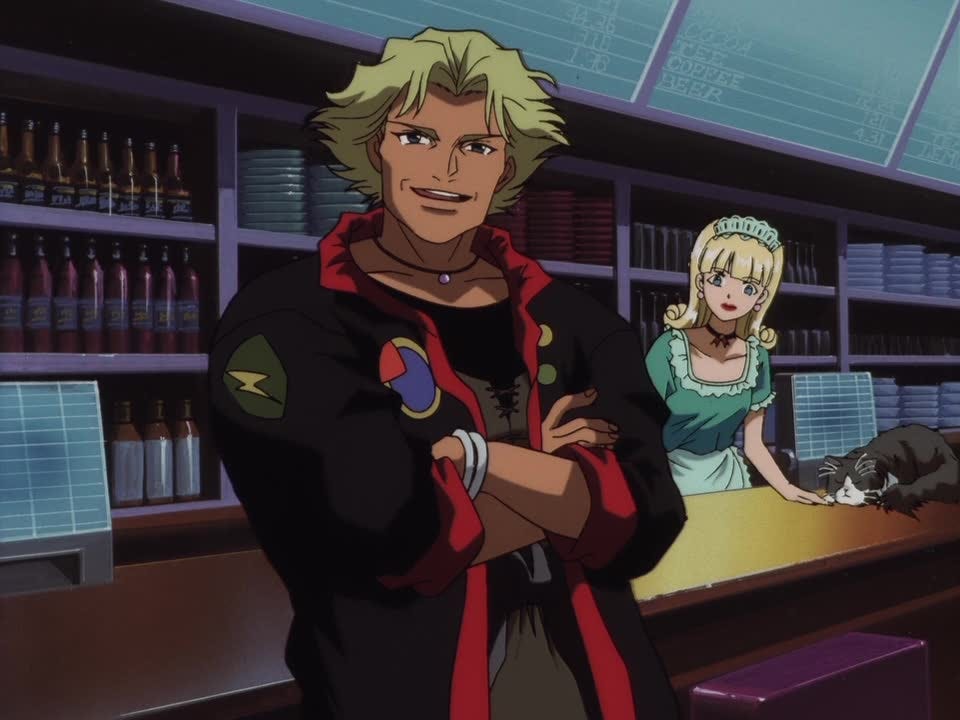
The one-off characters are just as memorable as the Bebop crew, and that’s because they feel like real people living their own lives, with their own problems and adventures. The world of Cowboy Bebop is vast and full of unique people, just like our own, and the episodic nature of the show allows us to connect with many different characters and appreciate how rich and diverse humanity can be. Not everyone they meet can be an ally, most of the time they are a target or an enemy, but you never know when you are going to connect with someone, and that small chance is worth it.
One of my favorite side characters is VT, the trucker from episode 7, Heavy Metal Queen. Like many of the characters that pop up throughout the show, VT has some subtle parallels with Spike. Just like he’s a retired member of the mafia turned bounty hunter after losing his lover, she’s a retired bounty hunter turned space trucker after the death of her husband. VT may appear solitary since she works by herself, yet we spend the entire episode seeing how many people she knows and how many friends she has scattered about, friends that are willing to lend a helping hand when needed. This episode could be seen as a little microcosm of the series, showing the importance of the brief connections we make with others during our life. VT’s life is one of the many paths that Spike could have taken, and by the end of the episode, Spike and VT have become friends. Even if their paths never cross again, it still mattered.
As an aside, I think it’s worth pointing out how diverse the cast of Cowboy Bebop is. Ed has an androgynous design, VT is a butch/masculine woman, and Gren is trans-coded, just to name a few examples. While the show can sometimes fall into some unfortunate tropes (like the way Faye is sexualized, or the stereotypical depiction of Native American people), I still appreciate the show’s commitment to including all sorts of individuals and creating a picture of the future that embraces diversity. Seeing the Bebop crew meet and create bonds with all these different people ties very nicely into the overall theme of human connection.
The ending of Cowboy Bebop is tragic—Spike can’t move on from his past and the Bebop crew is no more—but what matters is that they are going to remember the brief time they spent together and the relationships they built on their journey. They will have to carry that weight.
Cowboy Bebop is a show that will linger on your mind long after you watch it. It can be enjoyed on multiple levels—it can be a fun action comedy or a moving tragedy, and you will find something new to take away from the story every time you rewatch the show. That’s what makes it a classic.
The phrase “See You Space Cowboy” or a variation of it appears at the end of most episodes, and to me that line is the key to understanding the show. It signifies that everyone we meet along our journey is passing by, our lives intersect for a short moment before we go our separate ways, but there’s always the possibility of meeting them again.
If you are a fan of the show, let me know which characters are your favorites, and which relationships you think are the most interesting!
Thanks for reading, make sure you don’t miss the second part of this collaboration over at Feats N’ Faults, where we are going to see how well the main characters of Cowboy Bebop performed in the show and in the movie. It’s like power scaling, but more fun. Consider subscribing to Feats N’ Faults to see rankings for all sorts of media. If you are coming from Feats N’ Faults and enjoyed this essay, please consider subscribing to get more content like this. I often talk about anime and fantasy literature, but there’s a little bit of everything.
See You Space Cowboy…
maria's corner is a reader-supported publication. To receive new posts and support my work, consider becoming a free or paid subscriber.
Fun fact, the Cowboy Bebop manga adaptation was serialized in a Shojo magazine, which means Cowboy Bebop is technically a Shojo.
Gren is coded as intersex and/or trans, having both male and female genitalia, but the show utilizes he/him pronouns and he’s treated as a man.
Well, there’s also Ein, our beloved genius corgi, but this essay is already long as it is and Ein’s most important relationship is with Ed, so I didn’t think it was necessary to have a whole section for him. He’s an extension of Ed and they serve the same narrative function.
According to the wiki, the pinwheel was something that the children from Ed’s orphanage made to mark the places they’ve visited. The source is the Tokyo Pop Anime Guide, which I don’t have so I can’t verify that.





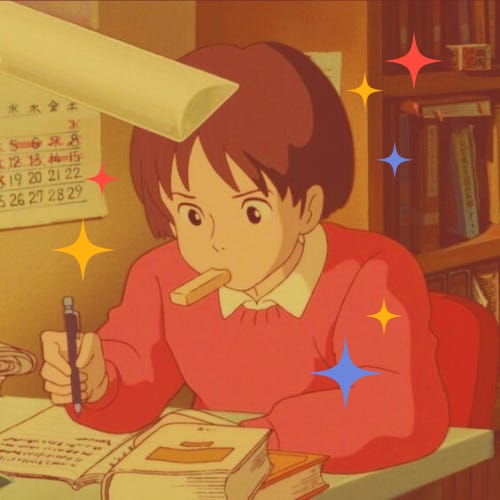
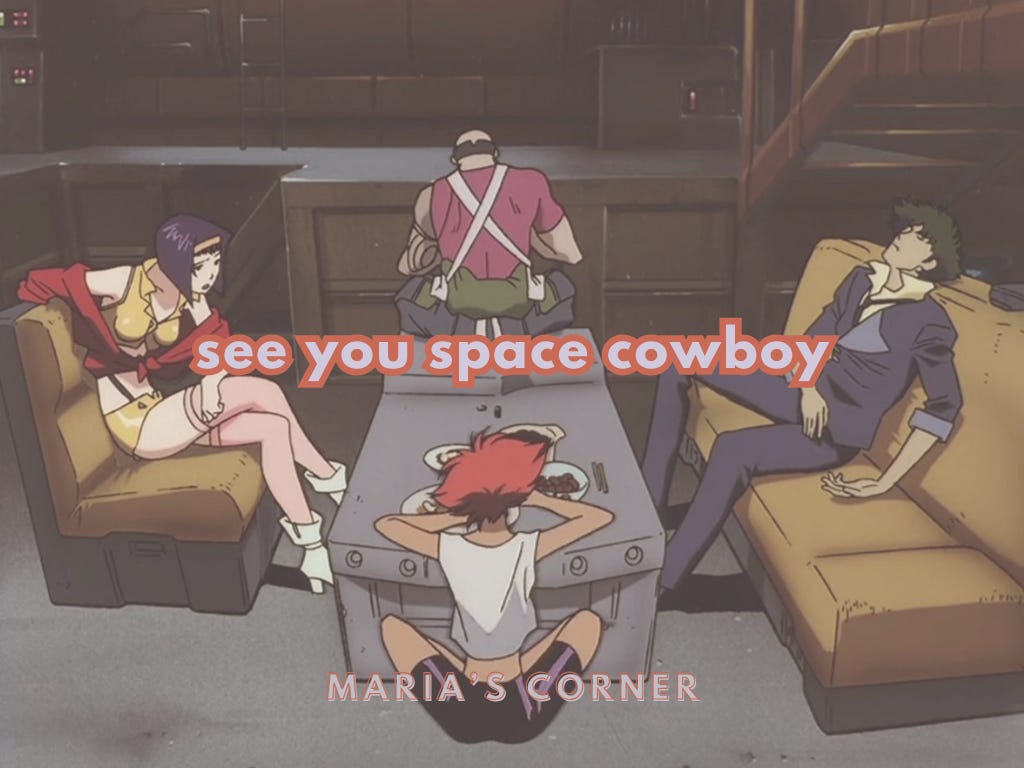
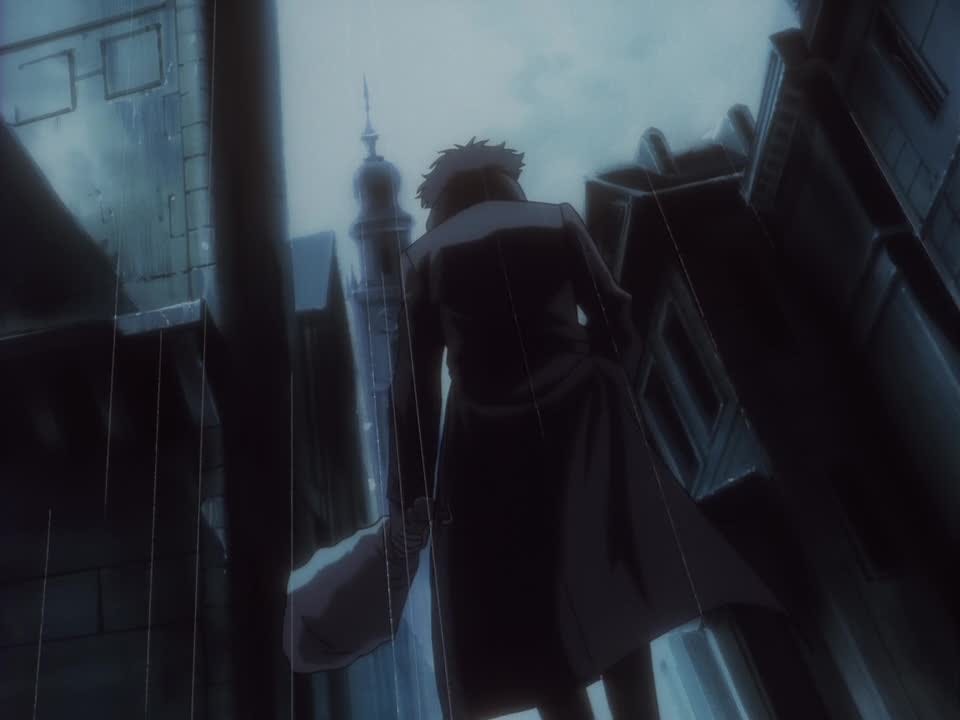
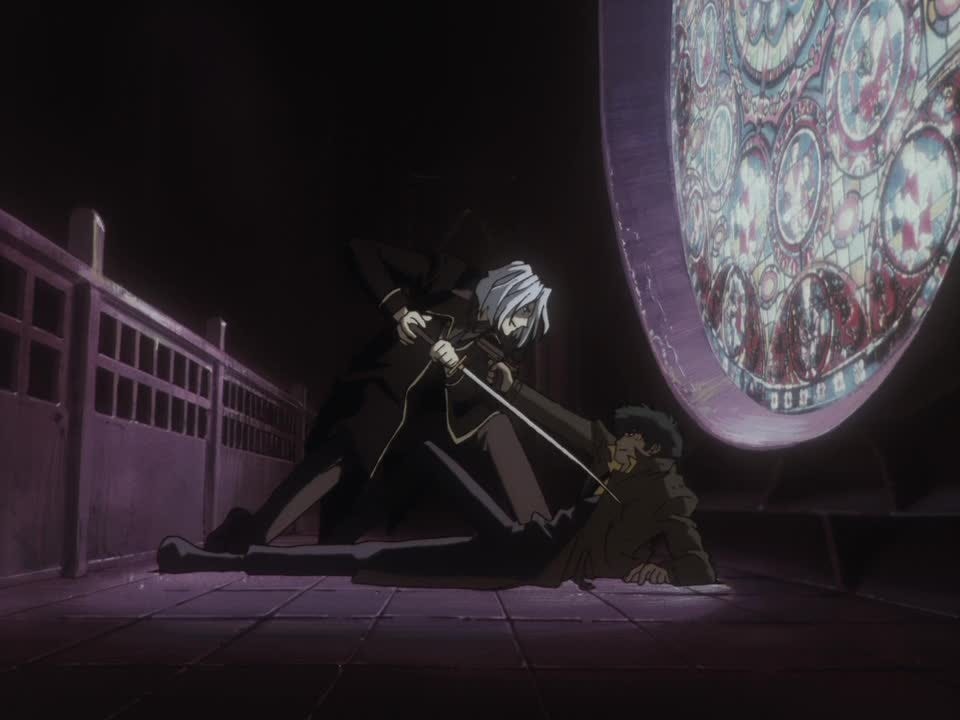
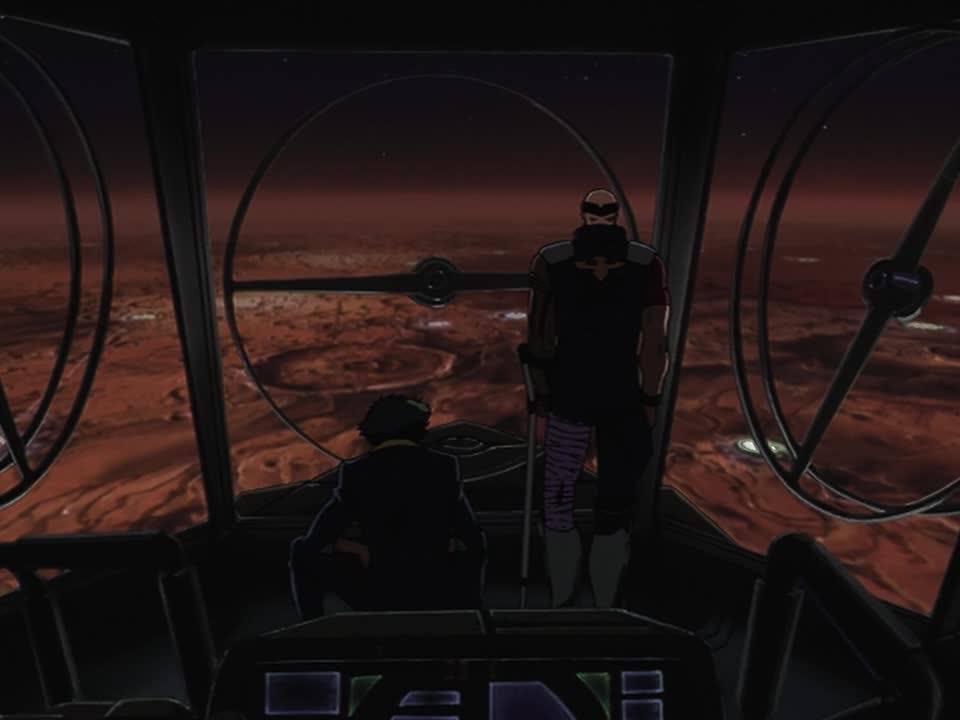
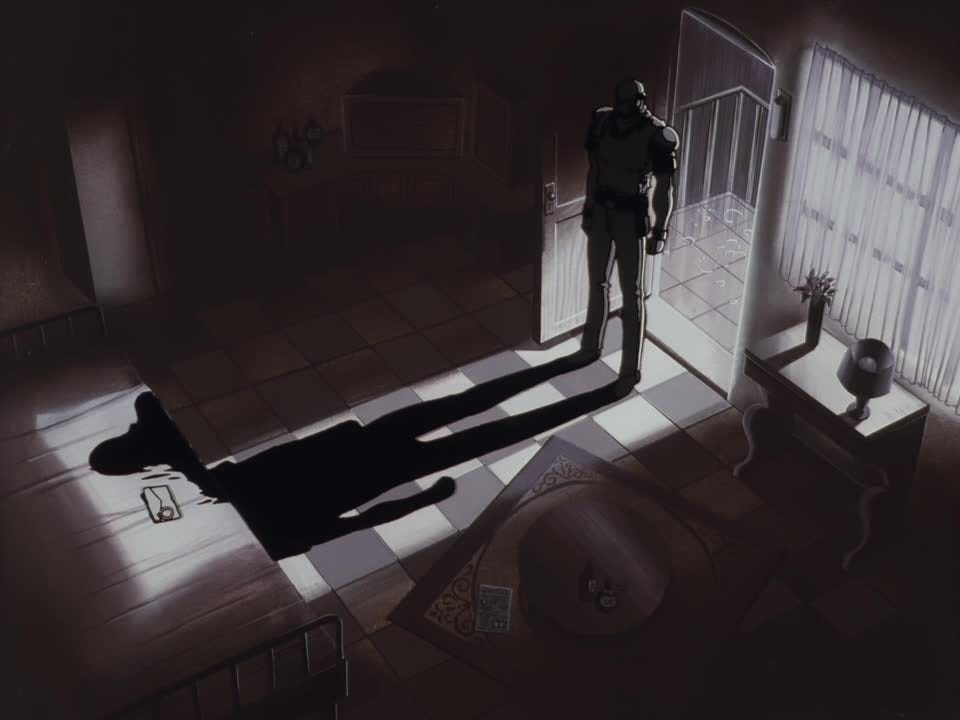
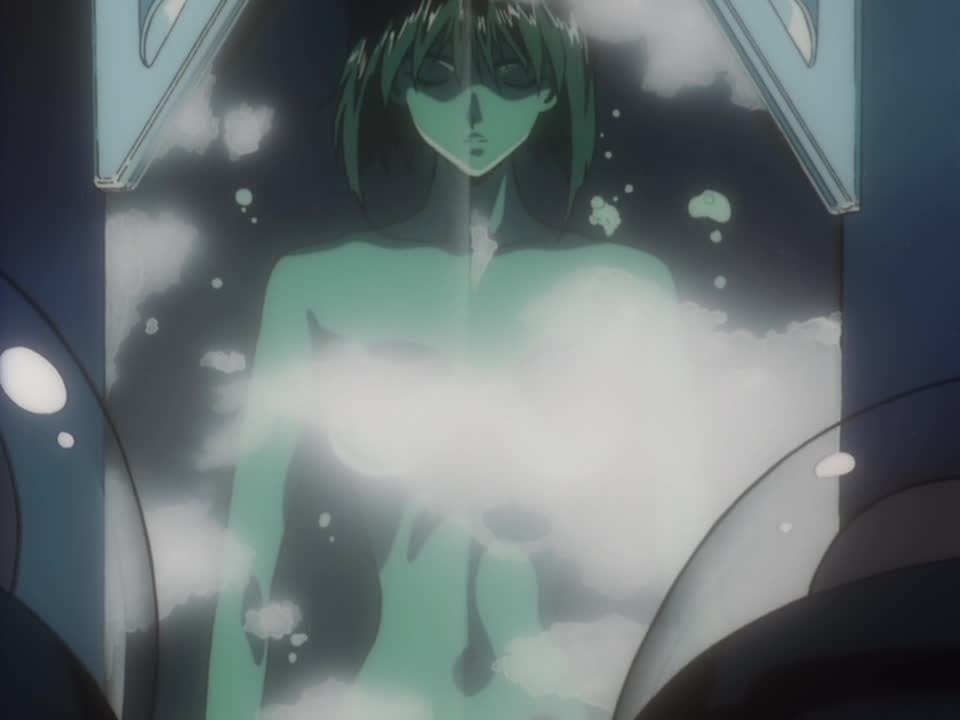
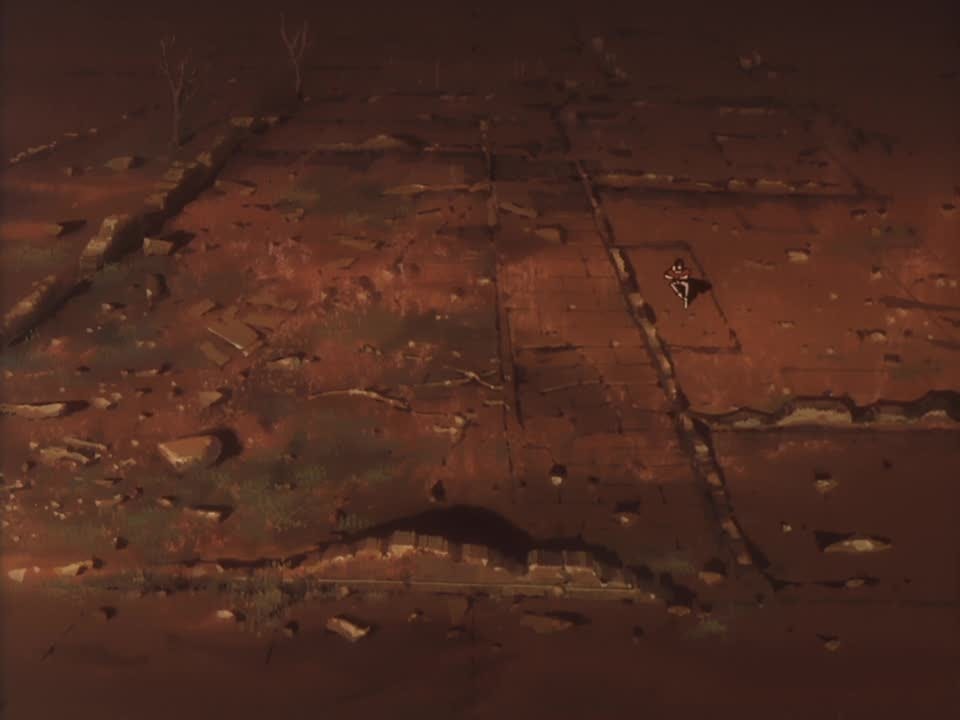
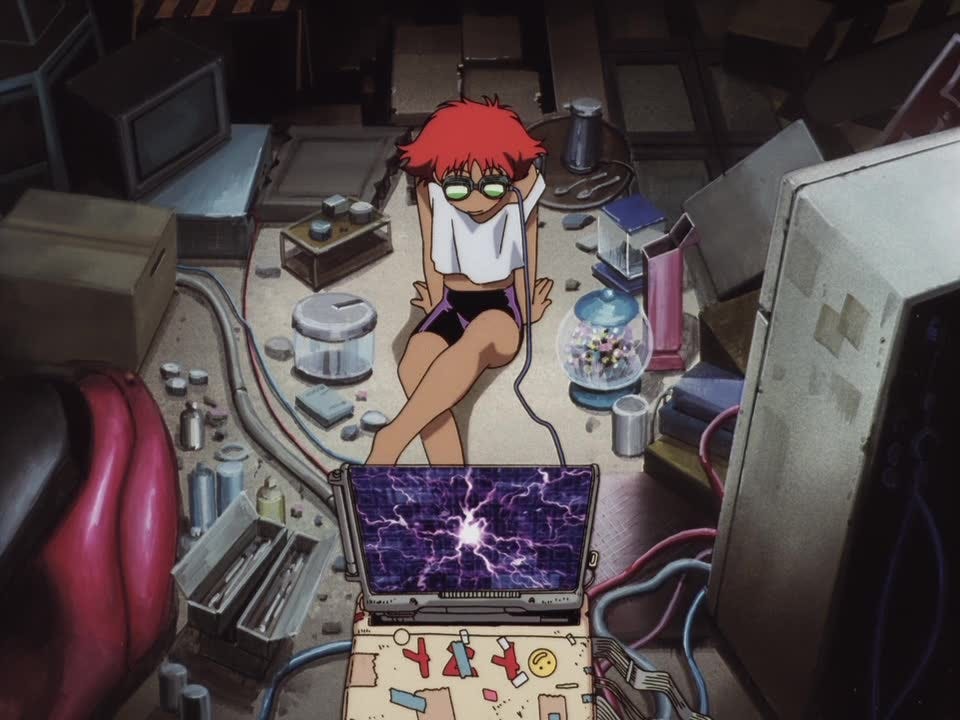
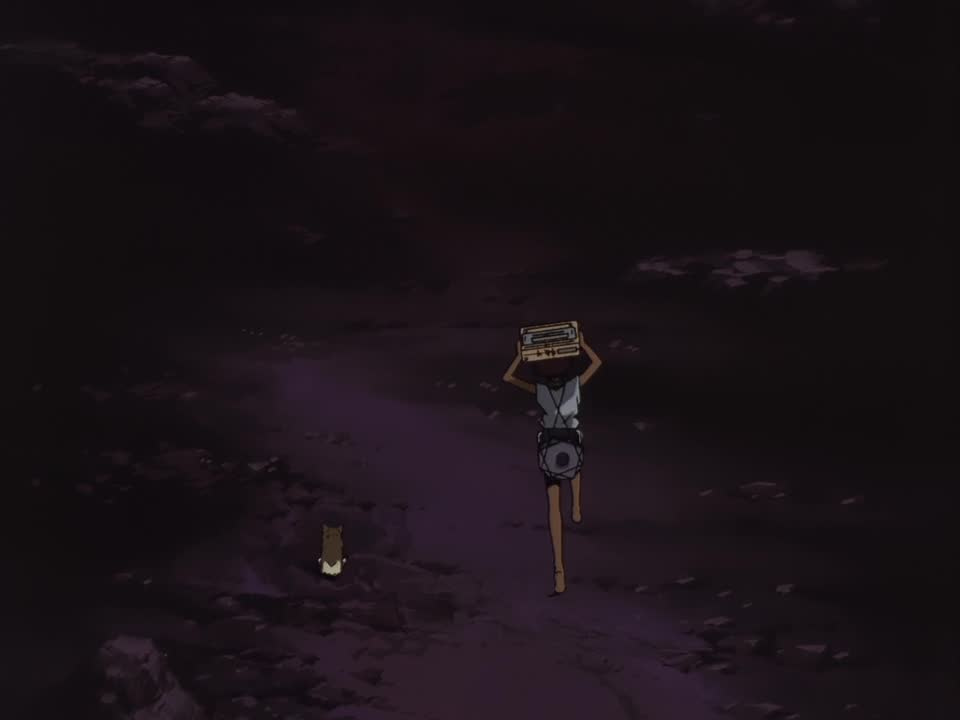

Cowboy Bepop is one of those shows where you can find yourself relating to different characters upon every single rewatch. For example I really only could relate to Spike at first when I first watched but by my second and third rewatch I saw more of myself in Jet and Faye. Really goes to show how Watanabe made these characters feel truly human. Great read!